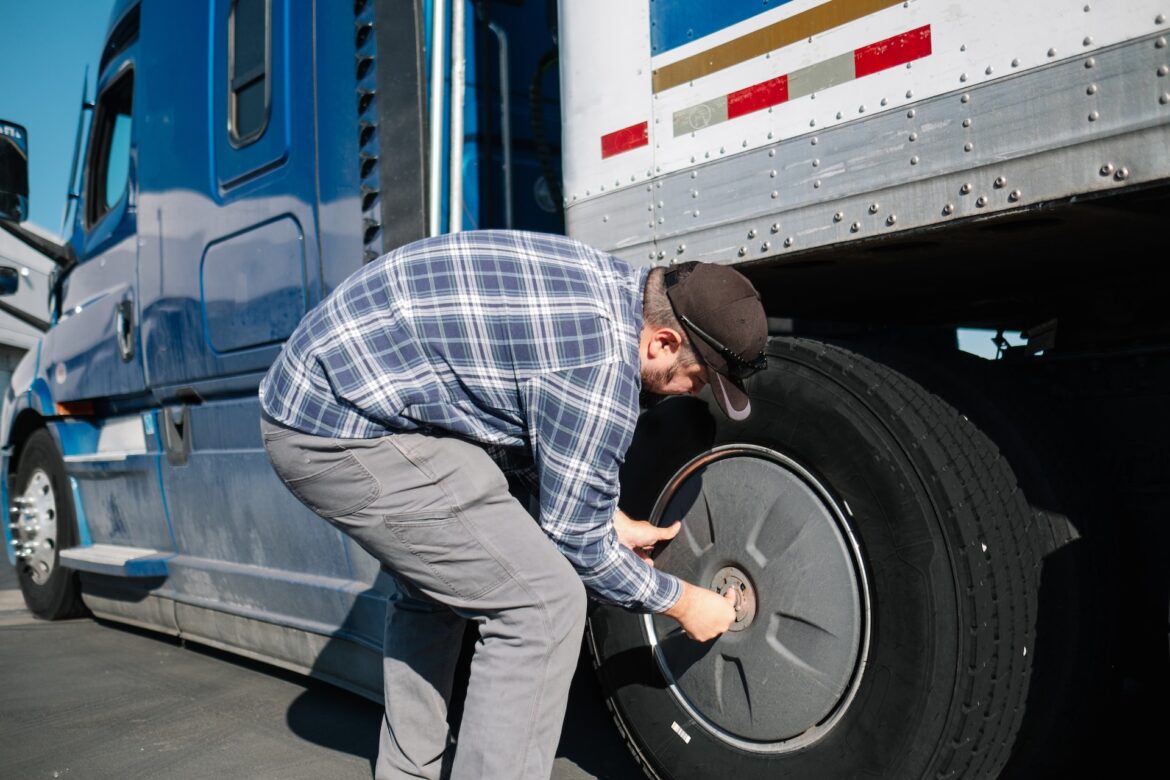The Key Components of an Effective Fleet Safety Program
Fleet safety programs help businesses protect their professional drivers, vehicles, cargo, and the public. They can also save money by reducing vehicle breakdowns, avoiding lawsuits, and ensuring their operation runs smoothly. To sustain a fleet safety program, managers should keep communication lines open to promote a safe workplace culture. Integrated telematics systems like AI dash cams and G-force sensors can alert drivers to risky driving behaviors, enabling them to self-correct.
Safety Policy
Fleet safety is crucial because vehicle accidents can result in serious injuries, lawsuits, and operational downtime. An effective fleet safety program will help minimize these risks and save the company money in the long run. The first step is creating a fleet safety policy to establish expectations, rules, and procedures regarding safe driving. This policy will also outline the consequences of violating the rules. This policy should be reviewed and updated regularly.
Next, it is essential to select and train the drivers carefully. This includes reviewing employment history, social security numbers, and driver’s license verification. Implementing driver scorecards to monitor key safety metrics such as speeding, braking, cornering, and over-accelerating is also essential. This data will allow the fleet to assess driver performance and provide coaching or discipline as necessary.
It is also vital to have a vehicle maintenance schedule in place. This will ensure vehicles are in good working condition and reduce the risk of accidents caused by mechanical failures. Finally, it is essential to regularly communicate the importance of fleet safety to all employees.
This can be done through weekly or monthly safety tips, email campaigns, safety meetings, and award programs such as “safety driver of the month.” This communication will help reinforce the policies, improve safety culture, and encourage everyone to take the necessary steps to prevent workplace accidents.
Training
Whether they drive personal vehicles or fleet cars and trucks, all employees need to be trained on their employer’s specific policies and procedures. This includes training on the regulations that apply to your business, such as DOT Hours of Service rules governing driving windows and rest periods. Pre-employment screenings are also vital to building a reliable, safe team.
The screening process should be thorough and overseen by someone of authority to ensure that all hiring protocols are followed and the best possible driver is hired for the job. All drivers must be held accountable for their road performance and given clear guidelines to follow. This includes establishing a driver scorecard and having managers/supervisors regularly evaluate driver performance.
It also includes rewards for high-performing drivers – such as bonus dollars, plaques, or gift cards. This rewards program helps foster a safety culture and improve employee retention. It is also essential to have a well-managed formal accident management process, which includes timely reporting and investigation of collisions.
The company should have a dedicated person in charge to help reduce the risk of accidents and speed up response times when accidents happen. Lastly, a comprehensive program should include fleet technology tools to prevent or monitor accidents and driver behavior. This includes in-cab telematics that track and measure driving behavior such as speeding, hard braking, and cornering.
Communication
Developing and implementing fleet safety policies is essential, but they will only be effective if drivers understand and follow them. This means communicating them clearly and consistently, especially during training sessions. Keeping your organization’s drivers informed also ensures everyone is on the same page, which can help reduce costly employee turnover.
Ensure your company’s driving laws and regulations are updated regularly to reflect state and federal rule changes. This includes DOT Hours of Service guidelines, driving limits, required rest periods, and on-duty time restrictions.
Additionally, ensuring drivers adhere to vehicle maintenance and inspection schedules can significantly reduce safety violations and improve CSA scores. In addition, fleet safety managers should utilize telematics tools like dashcams to record incidents that a witness can’t witness. These cameras serve as an unbiased eyewitness that can protect your drivers from false claims, which helps keep insurance premiums low and can save you money on repair costs.
Lastly, a well-rounded safety program includes regular driver training and monitoring. This allows you to identify and address risky driver behaviors with immediate coaching and training. Using technology that automatically alerts your back office to specific events (like harsh braking or speeding) can help you identify and coach the highest-risk drivers, helping them improve their performance on the road.
Monitoring
Monitoring technologies like telematics to review driver behavior and performance is critical to an effective fleet safety program. This allows the company to identify and address problems before they cause an accident, reducing insurance costs and other expenses that can impact the business. A well-developed fleet safety program should include a thorough screening process for all drivers and regular driver training that focuses on defensive driving techniques.
It also helps to have clear communication and expectations for all employees, which can be supported by an employee handbook that includes fleet safety policies and a signed acknowledgment of those rules by each driver. Additionally, a best-in-class fleet safety program should incorporate a continuous MVR monitoring service, which alerts the company when there is a change in driver MVR or license status so they can quickly update records and avoid the potential for accidents and fines. These services are available from many outside vendors and state-sponsored programs.
Finally, rewarding good driving behaviors is essential, which can be done with a system of points that rewards drivers for maintaining fleet safety standards. This can also motivate employees to maintain high safe driving practices, contributing to a healthy fleet business. This could be achieved through monetary rewards, such as gift cards, extra vacation time, or in-kind bonuses that recognize safety achievement.




